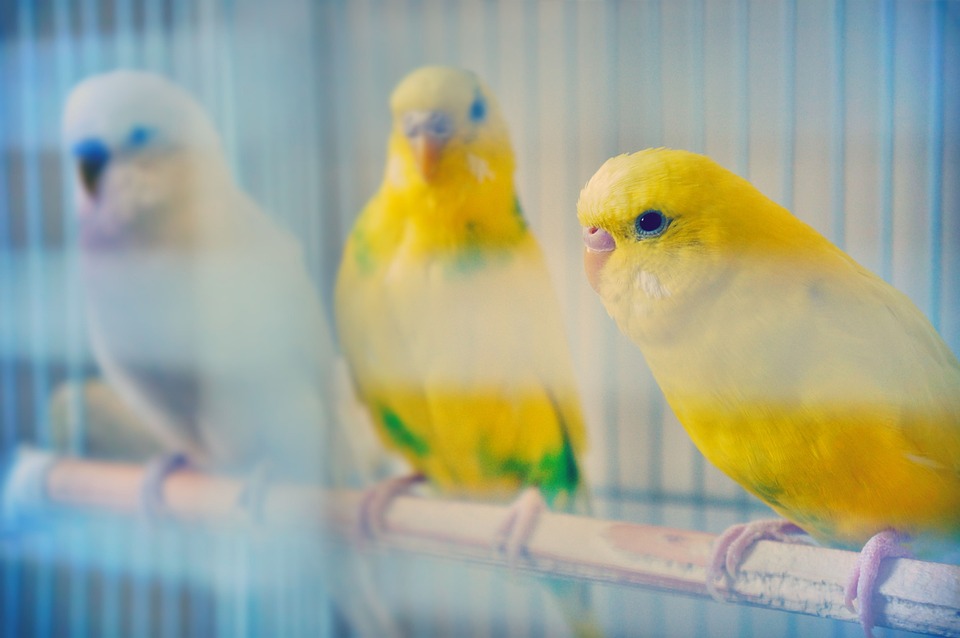Header: Encouraging Parrots to Interact with Training Tools: A Guide
Sub-heading: Introduction
Parrots are intelligent creatures with incredible learning capabilities. Training them not only enhances their cognitive abilities but also strengthens the bond between parrot and owner. However, getting your parrot to interact with different training tools can sometimes be a challenge. In this article, we will explore effective techniques to encourage parrots to engage with training tools, ensuring a successful training experience.
Sub-heading: Understanding Parrot Behavior
Before diving into training techniques, it’s important to understand your parrot’s behavior. Parrots are naturally curious animals, drawn to new objects and activities. However, they may also exhibit fear or apprehension towards unfamiliar items. By recognizing and addressing these behaviors, you can effectively encourage your parrot to interact with training tools.
Sub-heading: Gradual Introduction
Introducing training tools gradually is crucial to mitigate any fear or apprehension your parrot may have. Start by placing the tool near the parrot’s cage or play area, allowing them to observe it from a distance. Over time, gradually move the tool closer, ensuring your parrot becomes comfortable with its presence.
Sub-heading: Positive Reinforcement
Positive reinforcement is a powerful tool when it comes to training parrots. Use treats or favorite toys to reward your parrot when they show interest in the training tool. By associating the tool with a positive experience, your parrot will be more inclined to interact with it willingly.
Sub-heading: Incorporating Playtime
Parrots love playtime! Make training sessions fun by incorporating play elements into the process. For example, attach a toy to the training tool, encouraging your parrot to interact with it while learning. This not only helps your parrot associate the tool with fun but also increases their willingness to explore and engage with it.
Sub-heading: Modeling Behavior
Parrots are excellent imitators. Use this to your advantage by demonstrating how to interact with the training tool yourself. Whether it’s holding it, manipulating it, or making it produce sound, parrots are more likely to mimic your actions. By showcasing proper usage, your parrot will feel more confident and comfortable engaging with the training tool.
Sub-heading: Frequently Asked Questions (FAQs)
Q1: My parrot seems scared of the training tool. What should I do?
It’s common for parrots to experience fear or apprehension towards new objects. Start by placing the training tool at a distance and gradually move it closer over time. Use positive reinforcement, rewarding your parrot for any interaction or curiosity shown towards the tool. Patience and persistence are key in helping your parrot overcome their fear.
Q2: How long does it usually take for a parrot to start interacting with a training tool?
The time it takes for a parrot to interact with a training tool can vary. Some parrots may show immediate interest, while others may take weeks or even months. Remember that each parrot is unique, so it’s important to go at their pace. Be patient, provide positive reinforcement, and celebrate even the smallest progress.
Q3: What if my parrot loses interest in the training tool after a while?
Parrots are curious creatures, and their interests may shift over time. If your parrot loses interest in a training tool, it may be helpful to introduce a new, different tool. Variety keeps training sessions engaging and prevents boredom. Experiment with different tools and find what captures your parrot’s attention.
Q4: Can I use clicker training to encourage parrot interaction with training tools?
Absolutely! Clicker training is a popular and effective method for training parrots. By associating the clicker sound with a reward, you can use it to reinforce desired behaviors, including interacting with training tools. Pair the clicker sound with the reward every time your parrot shows interest or interacts with the tool, creating a positive association.
Sub-heading: Conclusion
Encouraging parrots to interact with training tools requires patience, positive reinforcement, and understanding of their behavior. By gradually introducing the tools, incorporating playtime, modeling behavior, and using positive reinforcement techniques, you can create a positive training experience for your parrot. Remember to be flexible, adapt to your parrot’s needs, and celebrate their progress along the way. Happy training!









